How to Fix App Lag and Performance Drops on Android
In today’s fast-moving digital age, app speed and device performance are top concerns for Android users worldwide.
Whether you’re in a bustling city or a rural village in Pakistan, smooth app usage is essential for productivity, communication, and entertainment.
Understanding App Lag and Performance Drops
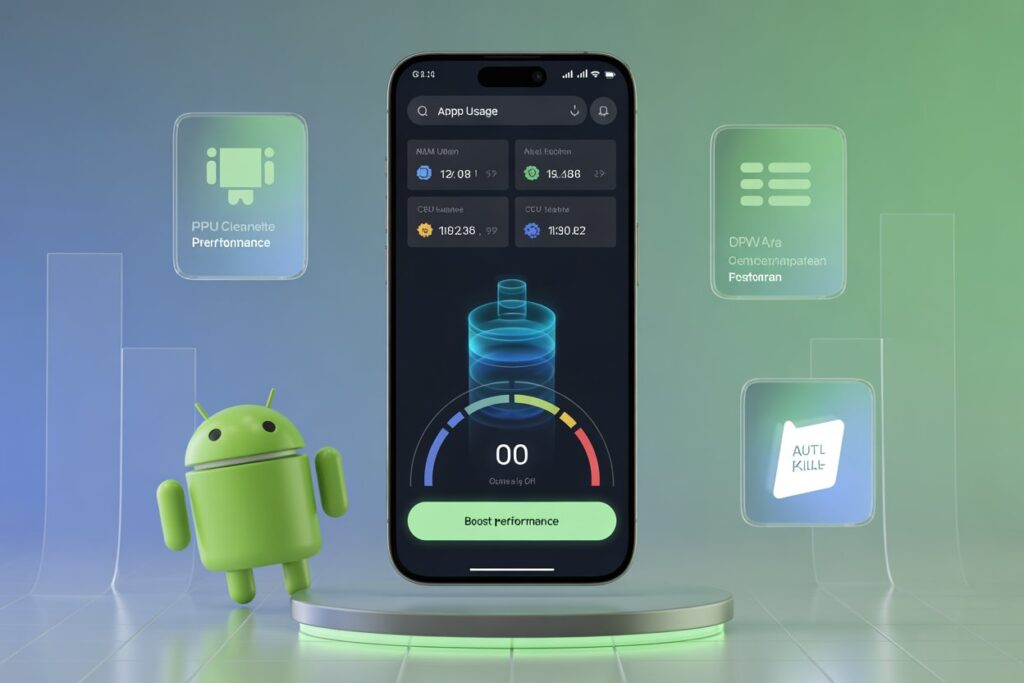
App lag refers to the delay between your input and the app’s response. Performance drops may include freezing, crashes, slow loading, and frame drops. Several factors contribute to this:
- Low device memory (RAM)
- Storage space running out
- Background apps consuming resources
- Outdated apps or system software
- Malware or junk files
- Overheating due to prolonged usage
1. Restart Your Device Regularly
A simple restart can clear temporary memory (cache), close background tasks, and restore normal performance. If you haven’t restarted your phone in several days, consider doing it daily.
2. Clear App Cache and Storage
Over time, apps collect temporary data that may slow them down. Here’s how to clear cache:
- Go to Settings > Apps
- Select the lagging app
- Tap Storage & cache
- Click Clear Cache
Avoid clearing app data unless necessary, as it might erase preferences or login details.
3. Update Your Apps and Android OS
Developers often release updates to improve performance and fix bugs. To ensure optimal app functionality:
- Open Google Play Store > Tap profile > Manage apps & device > Update all
- Check for Android updates: Settings > System > Software Update
4. Uninstall Unused or Heavy Apps
Large or unused apps can consume memory in the background. Uninstall them to free resources:
- Settings > Apps > [App Name] > Uninstall
Focus on removing apps that use a lot of RAM or run continuously, like games or heavy media apps.
5. Disable Background App Activity
Limit background processes to prevent resource hogging:
- Settings > Battery > Background usage limits
- Enable Battery optimization for heavy apps
Alternatively, use Digital Wellbeing to monitor excessive app usage.
6. Use Lite or Web Versions of Apps
Apps like Facebook, Twitter, and YouTube have lite versions that use fewer resources:
- Facebook Lite
- Messenger Lite
- YouTube Go (limited availability)
- Twitter Lite (web browser)
These apps work well on low-RAM devices or in areas with poor connectivity, like rural Pakistan.
7. Free Up Internal Storage
Low storage can severely impact performance. To clean up:
- Use Files by Google to delete junk files
- Move photos/videos to SD card or cloud
- Delete duplicate files, old screenshots, unused downloads
Aim to keep at least 20% of your storage free.
8. Disable Animations (Advanced)
You can speed up your device slightly by reducing visual effects:
- Enable Developer Options:
- Go to Settings > About Phone > Tap ‘Build Number’ 7 times
- Go to Settings > About Phone > Tap ‘Build Number’ 7 times
- Navigate to Settings > Developer Options
- Reduce or turn off:
- Window animation scale
- Transition animation scale
- Animator duration scale
- Window animation scale
Use with caution; don’t change other developer settings unless you know what they do.
9. Scan for Malware or Harmful Apps
Performance drops can be caused by malicious or poorly coded apps. Use Google Play Protect:
- Google Play Store > Profile icon > Play Protect > Scan
Also consider reputable antivirus apps like:
- Bitdefender
- Kaspersky
- Avast Mobile Security
10. Reset App Preferences (Safe Option)
If specific apps misbehave or crash often:
- Go to Settings > Apps > All apps
- Tap the three-dot menu > Reset app preferences
This resets permissions and background settings but keeps your data safe.
11. Perform a Factory Reset (Last Resort)
When all else fails, consider a factory reset:
- Settings > System > Reset options > Erase all data (factory reset)
Warning: This deletes everything. Back up your photos, videos, and documents beforehand.
Regional Consideration: Pakistan and Other Rural Areas
In areas like rural Pakistan, where mobile networks may be weak and phones more budget-focused:
- Use signal boosters or Wi-Fi repeaters for better connectivity
- Prefer lighter Android versions like Android Go
- Keep only essential apps installed
- Avoid constant background syncing from social apps
These practical steps can significantly improve your Android experience even in low-resource conditions.
Recommended Internal Links:
- Top Battery-Saving Tips for Android Users
- How to Boost Mobile Signal in Rural Areas
- How to Stop Android Overheating While Charging
Frequently Asked Questions (FAQs)
Why do apps lag more on older Android phones?
Older phones have limited RAM and slower processors, making them less capable of handling heavy apps or updates.
Can a slow internet connection cause app lag?
Yes, apps that rely on data (e.g., YouTube, Instagram) may appear slow due to weak or unstable internet.
Is it safe to use third-party cleaning apps?
Use caution. Many cleaning apps overpromise and may harm performance. Stick to trusted tools like Files by Google.
Conclusion
Fixing app lag and performance drops on Android requires a mix of smart app management, system optimization, and security hygiene.
By following these strategies, users across Pakistan and beyond can enjoy smoother and faster Android experiences without relying on technical expertise or risky software.
Always remember to update regularly, clean your device routinely, and avoid unnecessary installations. With consistent care, your Android phone can perform like new for years.
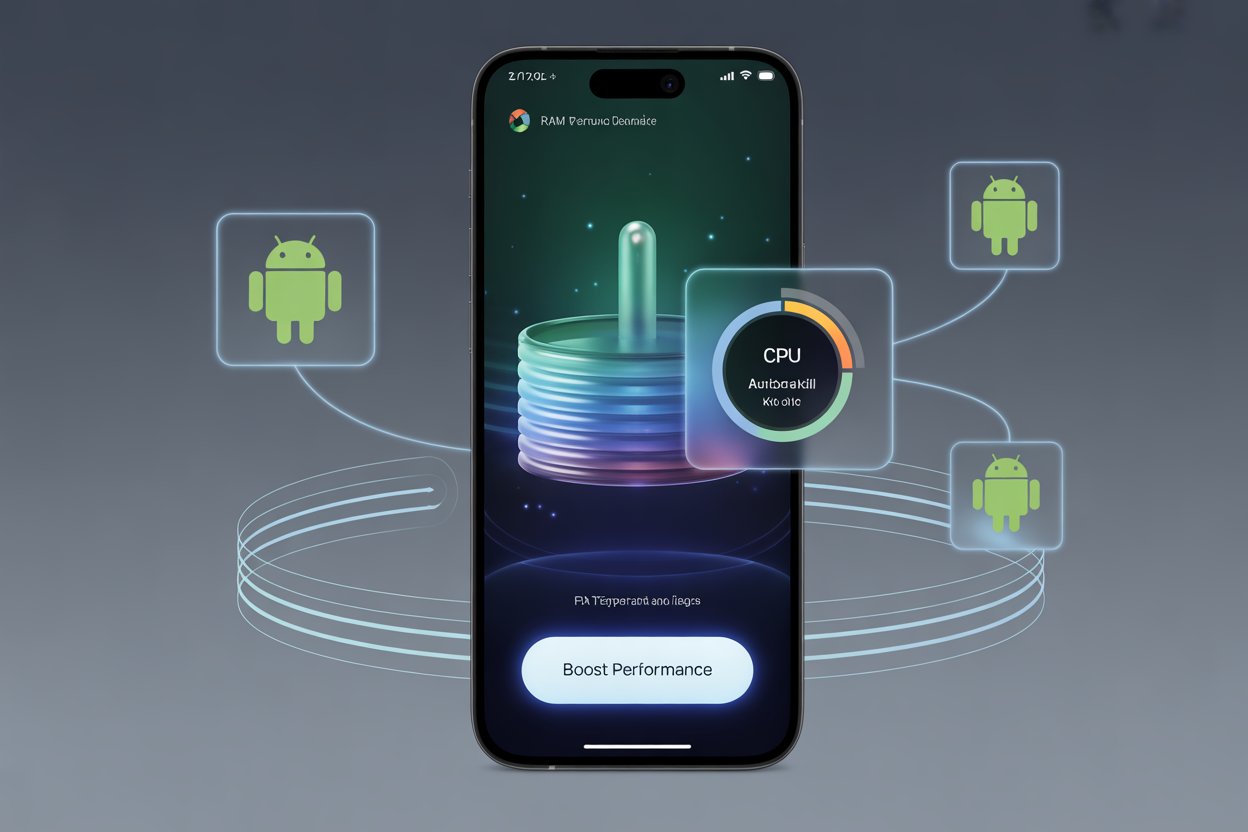
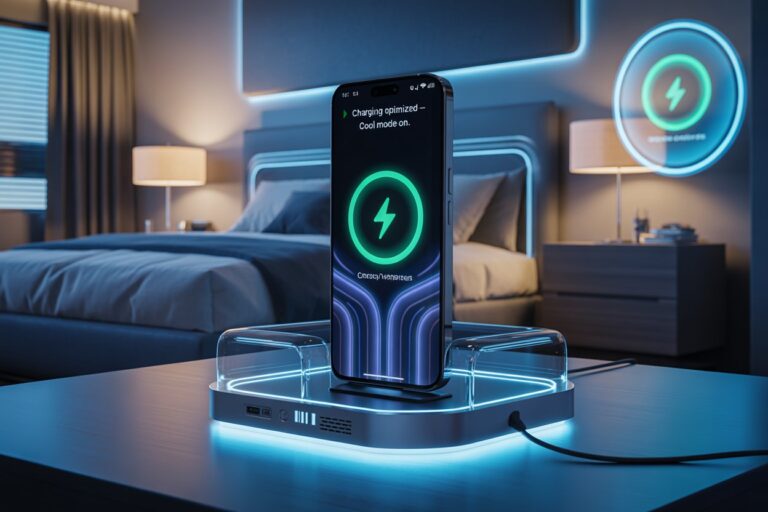

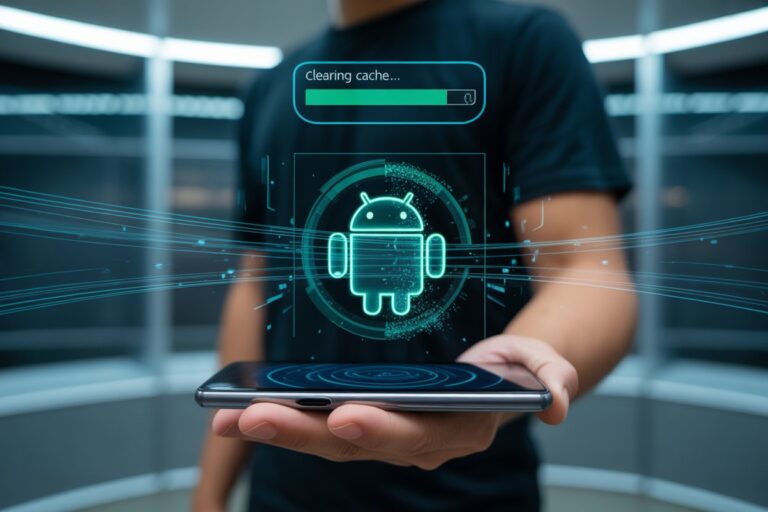
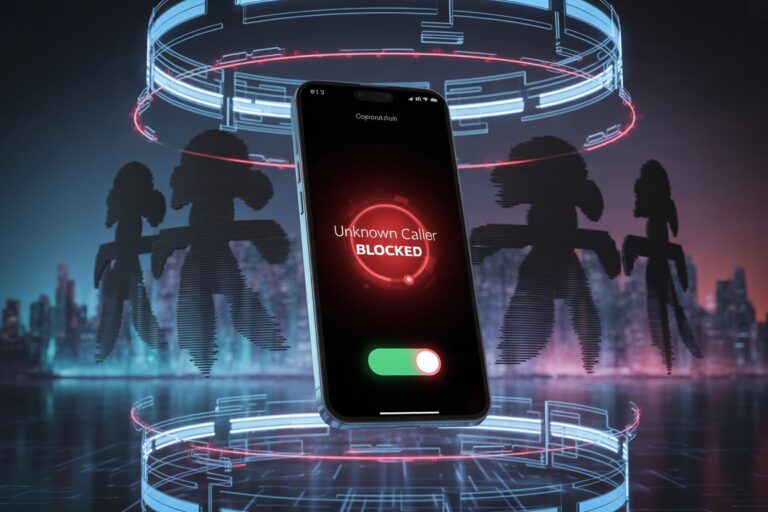
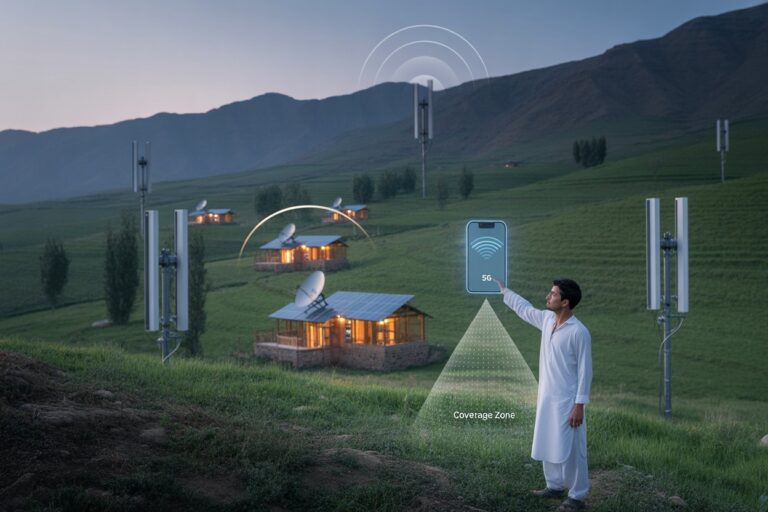
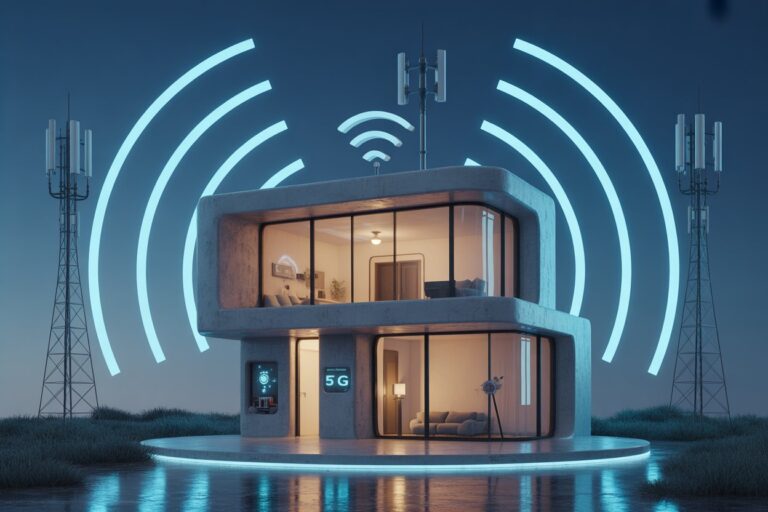
One Comment